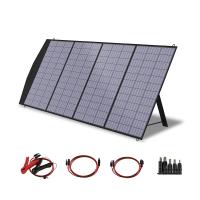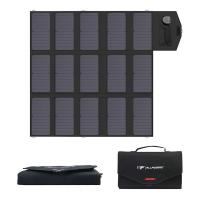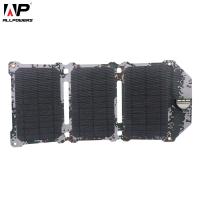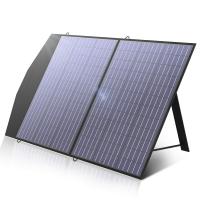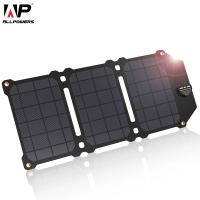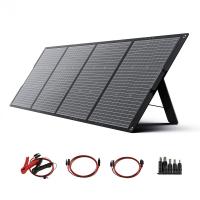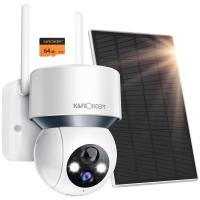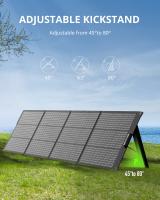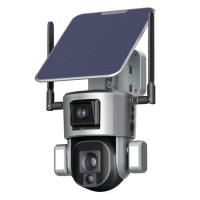How Much Solar Panel Do I Need?
When considering the installation of solar panels, one of the most common questions is, "How much solar panel do I need?" This question is crucial for anyone looking to transition to renewable energy, as it directly impacts the efficiency, cost, and overall feasibility of the solar power system. In this article, we will delve into the various factors that determine the number of solar panels required for a household or business, and provide a comprehensive guide to help you make an informed decision.
Understanding Your Energy Consumption
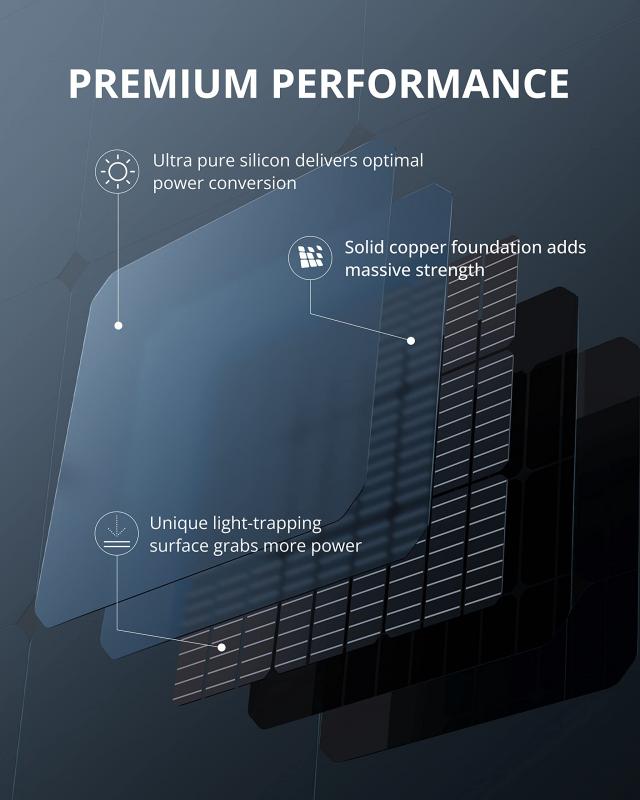
The first step in determining how many solar panels you need is to understand your current energy consumption. This can be done by reviewing your electricity bills over the past year. Most utility bills will show your monthly energy usage in kilowatt-hours (kWh). By averaging these numbers, you can get a good estimate of your daily energy consumption.
For example, if your monthly energy consumption is 900 kWh, your daily consumption would be approximately 30 kWh (900 kWh / 30 days). This figure is crucial as it forms the basis for calculating the number of solar panels required.
Solar Panel Output
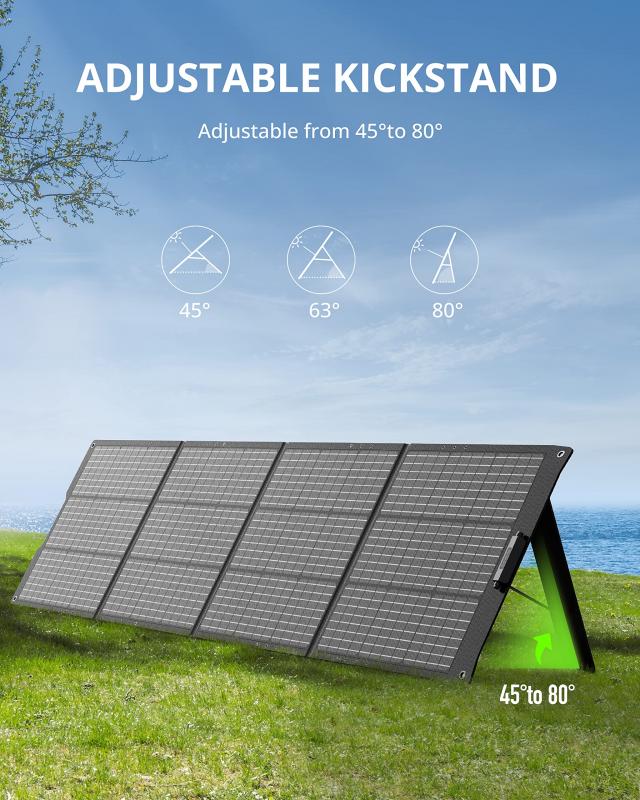
The next factor to consider is the output of the solar panels you plan to install. Solar panels are rated based on their power output in watts. Common residential solar panels range from 250 watts to 400 watts. The output of a solar panel is also influenced by factors such as location, orientation, and shading.
To estimate the daily energy production of a solar panel, you can use the following formula:
\[ \text{Daily Energy Production} = \text{Panel Wattage} \times \text{Average Sunlight Hours} \]
For instance, if you have a 300-watt panel and your location receives an average of 5 sunlight hours per day, the daily energy production would be:
\[ 300 \text{ watts} \times 5 \text{ hours} = 1500 \text{ watt-hours} \text{ or } 1.5 \text{ kWh} \]
Calculating the Number of Panels
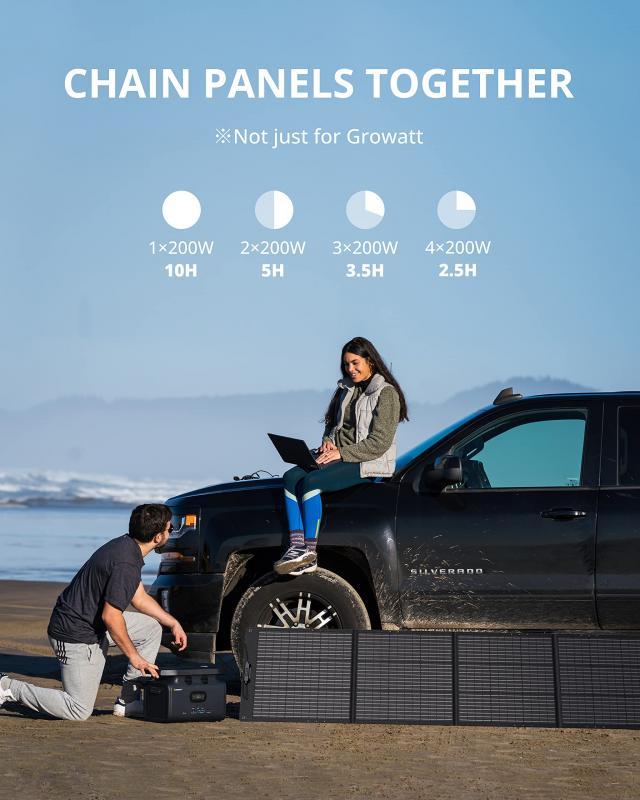
Once you have your daily energy consumption and the daily energy production per panel, you can calculate the number of panels needed using the following formula:
\[ \text{Number of Panels} = \frac{\text{Daily Energy Consumption}}{\text{Daily Energy Production per Panel}} \]
Using our previous examples, if your daily energy consumption is 30 kWh and each panel produces 1.5 kWh per day, the number of panels required would be:
\[ \frac{30 \text{ kWh}}{1.5 \text{ kWh per panel}} = 20 \text{ panels} \]
Factors Affecting Solar Panel Efficiency
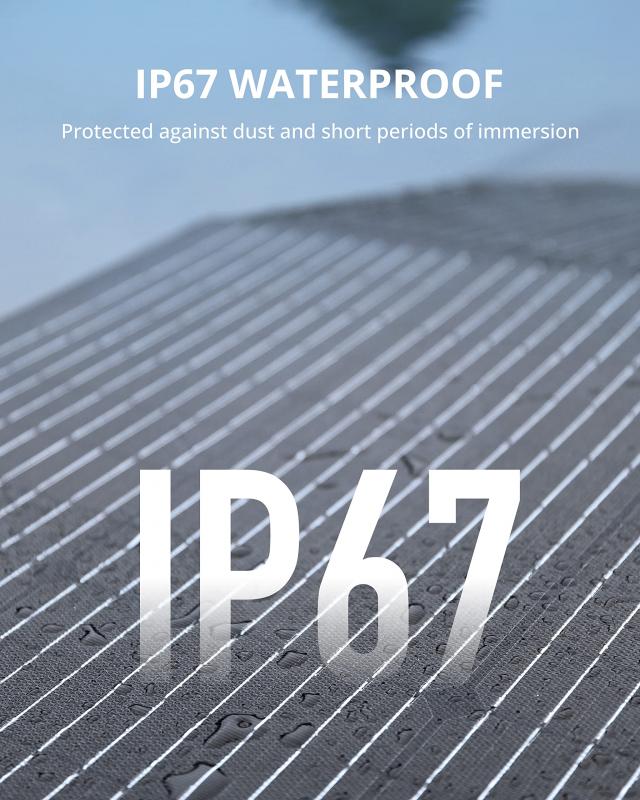
Several factors can affect the efficiency of your solar panels and, consequently, the number of panels you need. These include:
1. Location: The amount of sunlight your location receives plays a significant role. Areas closer to the equator generally receive more sunlight, which can reduce the number of panels needed.
2. Orientation and Tilt: The angle and direction in which your panels are installed can impact their efficiency. Ideally, panels should face south in the Northern Hemisphere and north in the Southern Hemisphere, with an optimal tilt angle based on your latitude.
3. Shading: Trees, buildings, and other obstructions can cast shadows on your panels, reducing their efficiency. It's essential to install panels in a location with minimal shading.
4. Panel Degradation: Over time, solar panels can lose efficiency due to wear and tear. Most panels come with a warranty that guarantees a certain level of performance over 25 years, but it's wise to account for a slight decrease in efficiency over time.
System Size and Roof Space
The physical size of your solar power system is another critical consideration. Solar panels vary in size, but a typical residential panel is about 65 inches by 39 inches. To calculate the total roof space required, you can use the following formula:
\[ \text{Total Roof Space} = \text{Number of Panels} \times \text{Panel Area} \]
For example, if each panel is 17.5 square feet and you need 20 panels, the total roof space required would be:
\[ 20 \text{ panels} \times 17.5 \text{ square feet per panel} = 350 \text{ square feet} \]
Ensure that your roof has enough space to accommodate the required number of panels. Additionally, consider the structural integrity of your roof and whether it can support the weight of the solar panels.
Financial Considerations
The cost of solar panels and installation is a significant factor in determining the feasibility of a solar power system. While the initial investment can be substantial, it's essential to consider the long-term savings on your electricity bills and potential incentives or rebates available in your area.
1. Initial Costs: The cost of solar panels has decreased significantly over the years, but it still represents a considerable investment. Prices can vary based on the quality and efficiency of the panels.
2. Incentives and Rebates: Many governments and local authorities offer incentives, tax credits, and rebates to encourage the adoption of solar energy. These can significantly reduce the overall cost of your solar power system.
3. Return on Investment (ROI): Calculate the payback period for your solar power system by dividing the initial cost by the annual savings on your electricity bills. A shorter payback period indicates a better return on investment.
Determining the number of solar panels you need involves a thorough understanding of your energy consumption, the efficiency of the panels, and various environmental and financial factors. By carefully considering these elements, you can design a solar power system that meets your energy needs and provides long-term savings.
Transitioning to solar energy is not only a smart financial decision but also a significant step towards reducing your carbon footprint and contributing to a more sustainable future. With the right planning and resources, you can harness the power of the sun to meet your energy needs efficiently and effectively.


